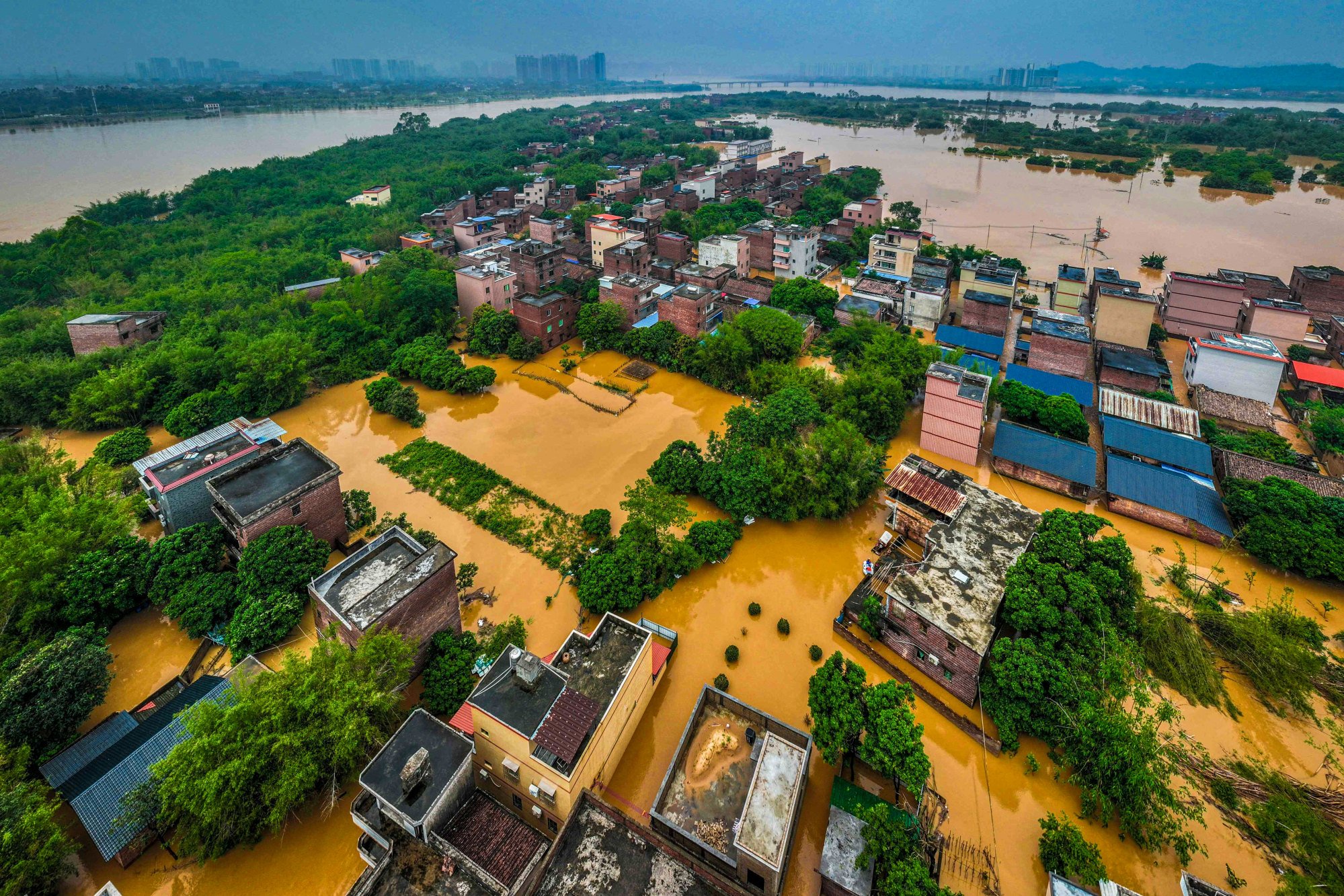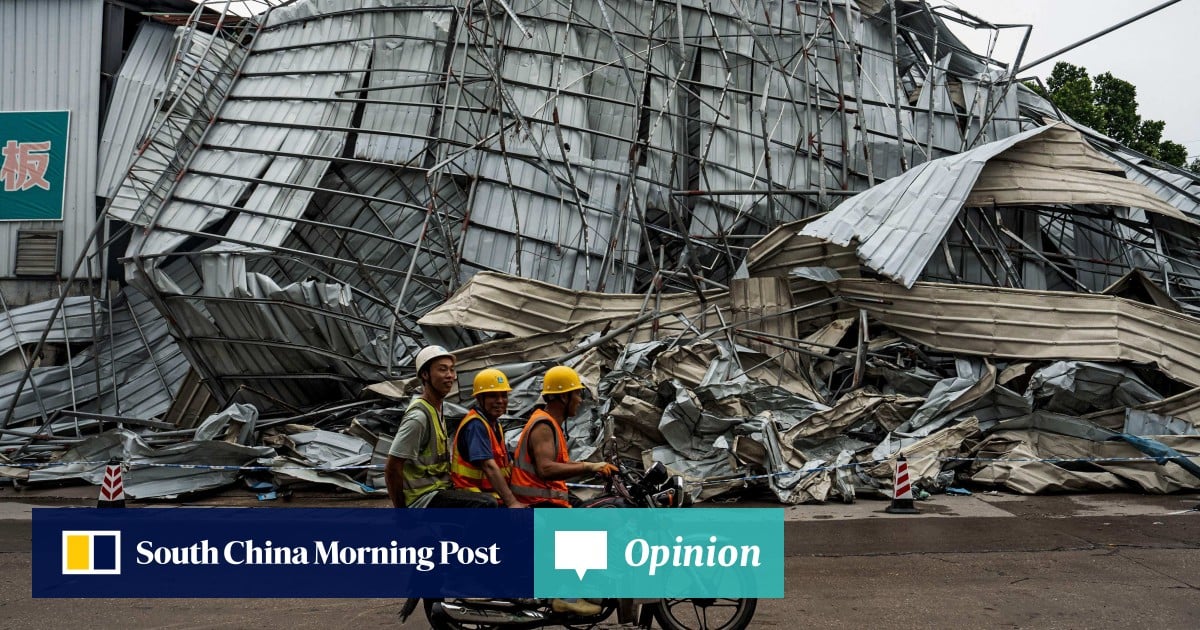Guangdong was battered by multiple natural disasters last month – floods, rainstorms, and hailstorms – and tens of thousands were evacuated because of flooding.
China has been more vigilant with weather warnings since the summer of 2021, when catastrophic floods killed hundreds in the central province of Henan.
In January of the following year, Beijing punished almost 100 officials and company managers for dereliction of duty during the Henan floods.
In China, natural disasters and accidents are often perceived as a threat to social stability because large numbers of victims and high levels of discontent could trigger protests, which Beijing deems a threat to its governance.
After the collapse of the Guangdong highway, which sent 23 vehicles plunging, Chinese President Xi Jinping ordered local officials to step up rescue efforts.
He also ordered them to ensure social stability.
Complaints from relatives of accident and natural disaster victims are rarely heard in Chinese media. For the past two decades, local governments have typically acted quickly to contact bereaved families to prevent them from protesting, petitioning or complaining to the media.
Local officials are typically held responsible if they fail to take effective precautions against extreme weather.
In the case of Guangdong, officials were quick to send warnings before the recent rainstorms. The road collapse also highlighted the importance of identifying risks such as landslides, blocked drainages and weakened infrastructure after prolonged rainfall.

Neighbouring Hong Kong was spared the worst over the past week, with minimum damage despite rainstorms and flooding.
However, there is no room for complacency. Last year, Hong Kong officials initially counted themselves lucky that the city was spared serious damage and casualties when it was hit by Typhoon Haikui.
But the unexpected and long rainstorm that followed wreaked havoc on a city proud of its weather warning system and modern infrastructure, leaving four dead and dozens injured.
Metrological authorities in mainland China warned about the risks of extreme weather as early as 2022 because of the El Nino effect. El Nino was supposed to weaken in April, but scientists warned that its effects could linger until May. Scientists also warned about the risks of another climate pattern, La Nina, in the latter half of this year.
Scientists have called for better weather forecasting.
A paper written by a researchers from Nanjing, Beijing and South Korea, published in the peer-reviewed Weather and Climate Extremes in March of last year, said that the 2021 flooding in Henan showed that even state-of-the-art technology had limited success in predicting such extreme events one to two weeks in advance, and adjustments were needed to take into account the complexity of new weather and climate patterns.







